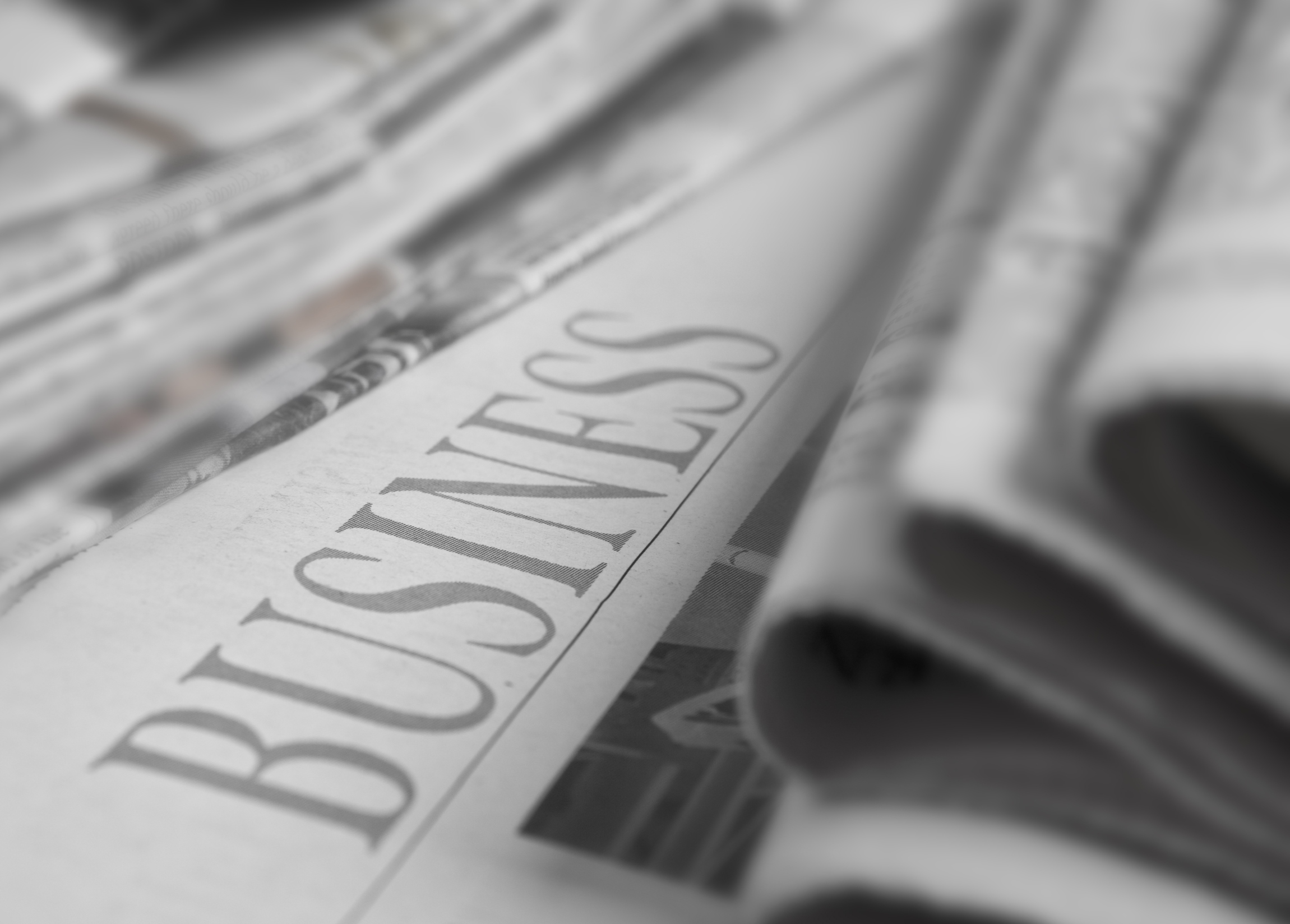The latest set of quarterly reports from the Government and Office for National Statistics (ONS) have once again highlighted the rather topsy-turvy nature of the UK economy at present.
First, we heard that the number of people on company payrolls had increased slightly in the 3-months to February, up around 200,000, keeping the UK unemployment rate at around 5%. This was followed shortly after by the inflation report from the ONS which showed inflation decreasing, down to 0.4%. Neither of these outcomes were predicted, in fact both were expected to be the complete opposite, which perhaps underlines the instability Covid continues to cause in the economy.
If we look into the shadows behind the news of the increase in employment rates, we see the continuation of the furlough scheme, which most agree is still masking significant redundancies – jobs that would be otherwise unviable. So, any short-term uptick is likely to be undone by whole percentage point increases in unemployment as we move into the summer and furlough is reduced/removed as an option. OBR (office for Budget Responsibility) estimates still suggest that the real impact on the labour market will not be seen until Q4 of 2021 or even the Spring of 2022. But whilst the mid-term picture may be bleak, each increase in the meantime must surely be positive news, going some way to mitigate the impact of the removal of Government support.
The inflation conundrum also took many by surprise with increasing fuel and energy prices expected to drive inflation. But lower prices across a range of other sectors including clothing and travel applied sufficient pressure to the overall rate to cause a drop of 0.3% from January (0.7%). February normally heralds a slight jump in inflation as we emerge from Christmas and January sales, and so any additional price rises in the range of goods that are tracked for the inflation report, would almost certainly result in an overall rise. But even higher domestic energy and fuel prices could not balance out the lower prices of travel, second-hand cars and clothing/footwear.
The fact that a drop in inflation ran counter to the predictions suggests that this is not what the model for the remainder of 2021 will look like. Many, including the Bank of England, anticipate inflation to peak above 2% by the end of the year, so the drop in February may be a small blip before a sustained, month-on-month rise over the remainder of the year.
Ultimately, both of these reports make it clear, if evidence was needed, that we are still some time away from normality in economic terms.
